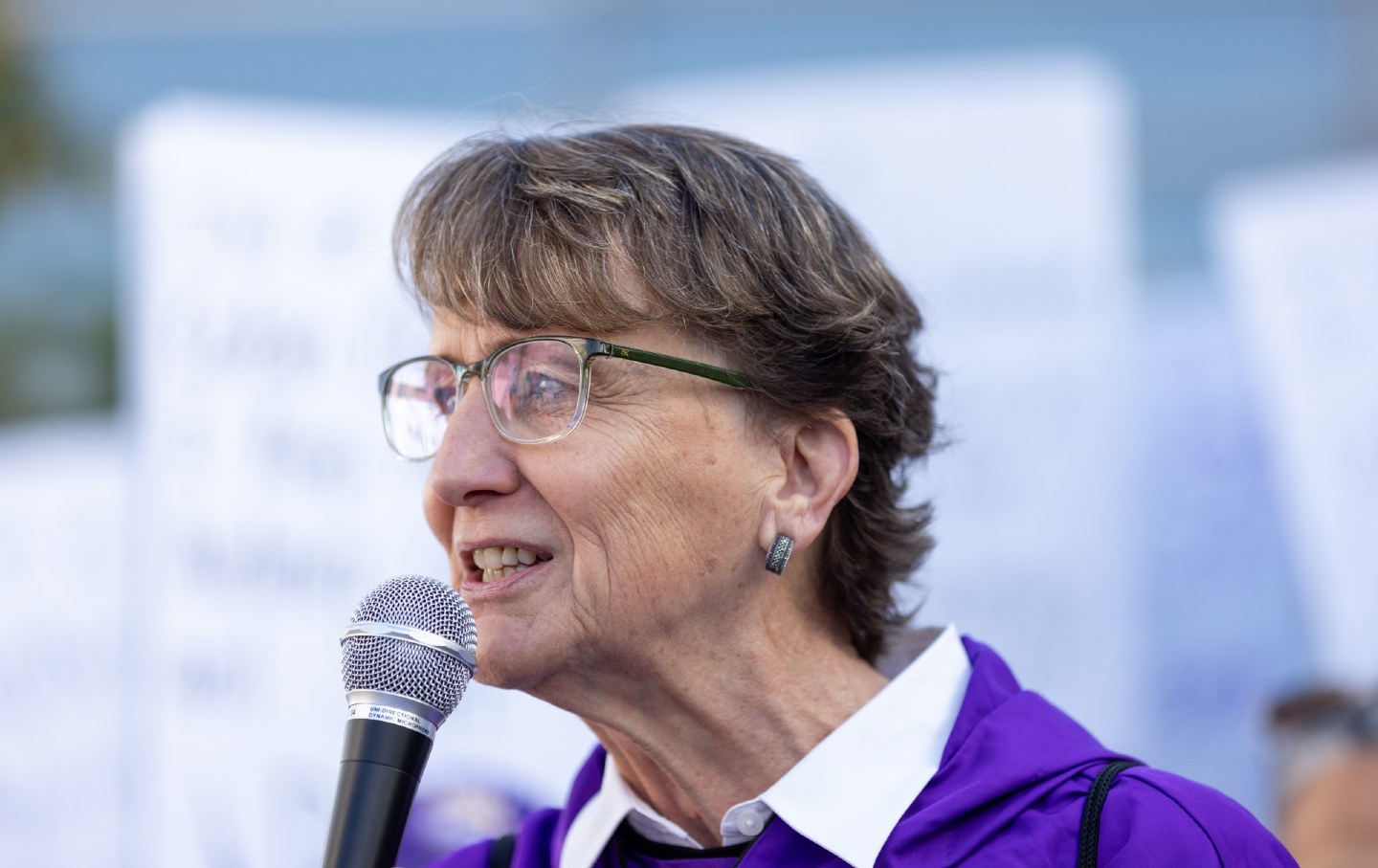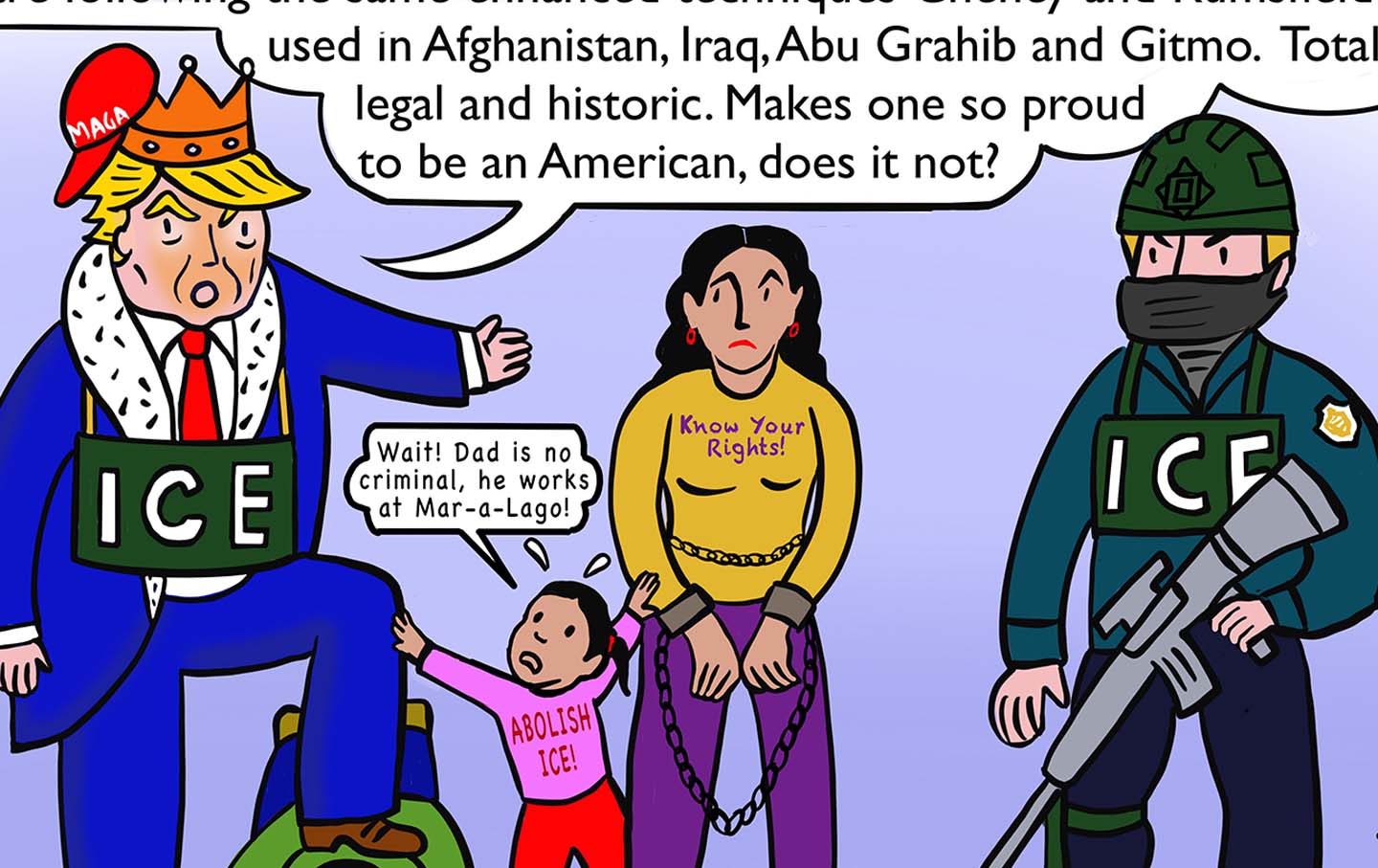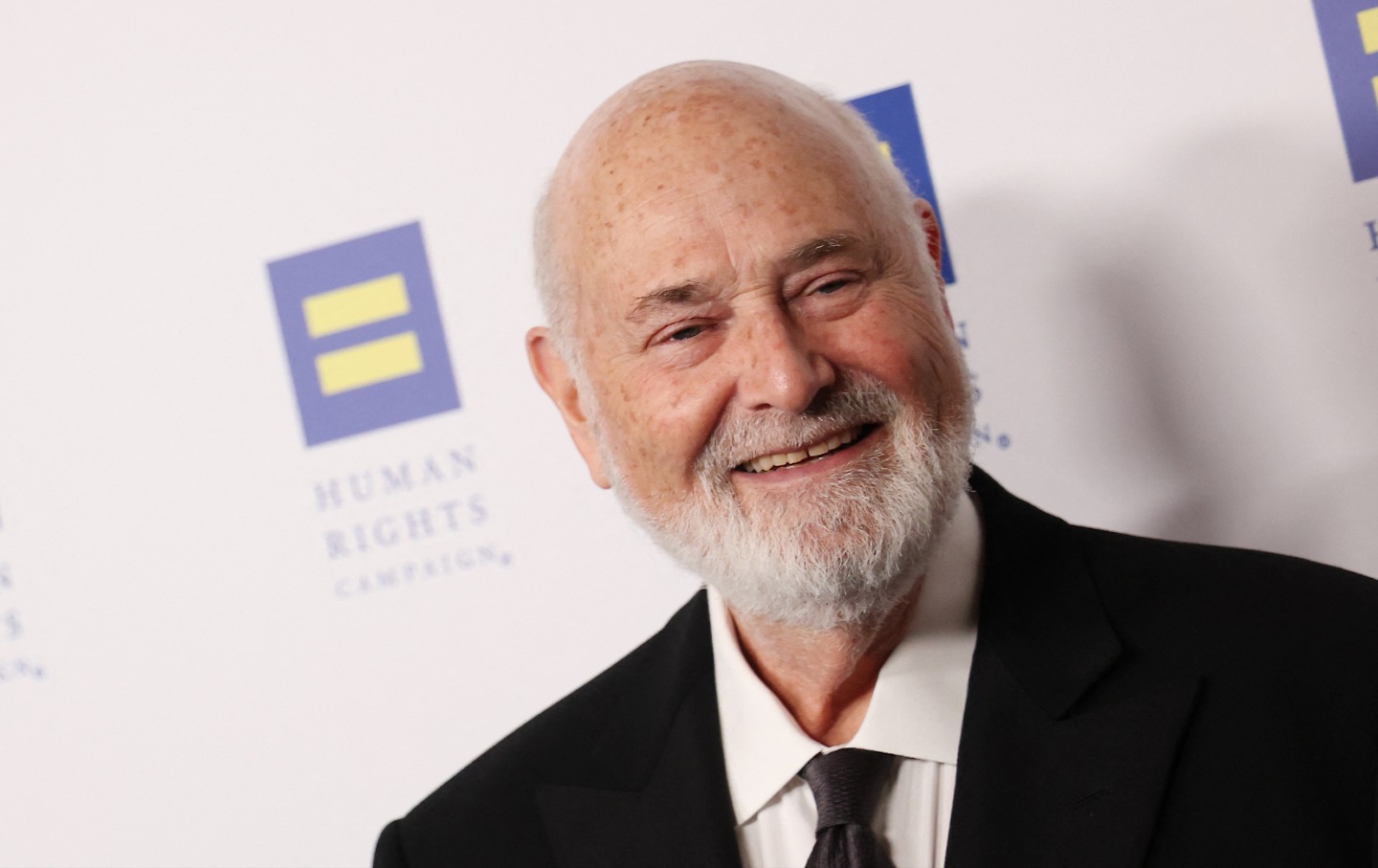What Does It Mean to Be a Labor Leader for This Moment?
Lessons from Mary Kay Henry, the first woman president of SEIU.

In 2023, nearly 100,000 workers joined unions in National Labor Relations Board elections, the most in almost a quarter century, according to Bloomberg Law. Sixty-seven percent of Americans approved of unions, according to Gallup. Support was even higher among people under 30, who backed unions at an astounding clip of 88 percent, a poll commissioned by the AFL-CIO showed.
Indeed, unions are having a moment, as Joe Biden walks the picket line and proclaims it official government policy to support union organizing. But it wasn’t always this way. In 2009, only 48 percent of Americans supported unions, according to Gallup. Instead of baristas and auto workers making headlines by going on strike and voting to unionize, it was supporters of the Tea Party who whipped the nation into a frenzy on an anti-immigrant platform. In the months that followed, the Tea Party gained more and more prominence via attacks on healthcare reform, while private-sector union membership plunged to a 100-year low of six percent.
Enter Mary Kay Henry, who had just started as the first woman president of the nearly 2 million-member Service Employees International Union. While many associate unions with manufacturing and building trades, her union represents service workers in parts of the economy that had quietly become dominant—from healthcare workers to security workers, from janitorial staff to homecare workers. Listening to workers in her membership and beyond, she recognized, long before we found ourselves in a global pandemic, that our nation was plagued by an epidemic of low-wage work. And she wanted to take action. She decided to back striking fast-food workers in New York City, who walked off their job demanding $15 and a union.
With our national minimum wage stuck at $7.25 per hour, many dismissed the notion that workers could demand a minimum of $15 per hour. But she never wavered. Year after year, even when campaigns stalled, Henry pushed for more investment in organizing low wage workers.
The demands of the courageous fast-food workers caught on: soon homecare workers, airport workers, adjunct professors, and others joined in; and their demands flipped the politics of wages across the country, with politicians from small towns to the largest cities and states coast to coast, joining the call for a $15-an-hour minimum wage.
Fifteen dollars an hour went from “laughable to viable,” according to The New York Times, and in its first 10 years, the movement won $150 billion in raises for 26 million workers, a report from the National Employment Law Project shows.
The Fight for $15 and a Union is a crowning achievement for Henry, who has passed along the reins to lifelong organizer and the first Black woman president of SEIU, April Verrett. But her big vision, fierce determination, humility, skilled coalition building, and relentless focus on the needs, power and dignity of workers have produced many lessons over her 14-year-tenure that the labor movement and progressives should build on moving forward.
Practical Audacity
Sometimes social movements launch bold demands for change, with the goal of being bold. And there’s a role for that—to change the narrative or create the space in the public imagination for more. But often bold demands are simply bold demands, without a practical strategy to achieve real change. The Fight for $15 and Mary Kay Henry’s leadership of the effort went far deeper than the audacious demand; it anchored in practical theories for how progress could be made, an investment in those strategies and capacities, and the willingness to experiment and learn along the way.
Uncommon Wisdom
The labor movement, like any movement or subculture, holds conventional wisdom that defines the terms of the conversation. Labor institutions, like other institutions, are not predisposed toward change. And there are stories that reinforce the status quo—stories about what kinds of workers can and should be organized. Or who is considered a worker and what that means for the role of unions. Or how workers should be organized—shop by shop, not by sector. From supporting gig worker organizing, to seeding a partnership with the National Domestic Workers Alliance, to championing sectoral strategies for raising wages and improving standards—and helping Starbucks workers chart their path to a union—Mary Kay Henry never allowed herself or her union to be constrained by common wisdom when it came to what workers need and deserve.
And she understood that workers can’t win the changes they need without deep partnerships with community organizations. She forged authentic rather than transactional ties with leaders of community organizing groups and networks, based on trust, shared interests and vision.
Popular
“swipe left below to view more authors”Swipe →A Leader for All Workers
Unions are democratic organizations, where dues-paying members elect the leadership they want to represent them. Those leaders are expected to negotiate on their behalf, and represent their interests at the bargaining table and at every table where decisions are made. But in the generations since our model for collective bargaining was born, the world has changed dramatically. Attacks on unions and the right to organize, combined with economic trends that have diminished workforces with high union density and made unionization more difficult have catalyzed a decline in union membership in recent decades. And working people across the economy have suffered as a result. The era under Mary Kay’s leadership has been pivotal—do or die. And the question has been: What does it mean to be a labor leader for this moment?
While Mary Kay never veered from fiercely championing the economic interests of her members, she led for the multiracial working majority in America, with a deep commitment to the lowest-wage earners—the most insecure among us. She led her union to deepen and broaden its commitment to racial justice, while supporting organizing in white working-class communities. She showed up for citizenship for undocumented workers and their families, while walking alongside the Poor People’s Campaign in its call for a moral movement to end poverty in America. She answered the call to leadership by modeling leadership for a struggling majority, for this moment of economic insecurity and extreme inequality. All while paving the way for April Verrett and the next generation of leaders in her union to step powerfully into their leadership.
Mary Kay Henry will be the first to tell you that leadership is not a singular proposition. She will tell you that everything she has accomplished has been enabled by the courage and commitment of the members of SEIU, the brilliance of the leaders they have elected, and the staff who organize and serve union members at every level. And yet, she is singular in what she has contributed as a leader, and working people in America are better off for it.
Disobey authoritarians, support The Nation
Over the past year you’ve read Nation writers like Elie Mystal, Kaveh Akbar, John Nichols, Joan Walsh, Bryce Covert, Dave Zirin, Jeet Heer, Michael T. Klare, Katha Pollitt, Amy Littlefield, Gregg Gonsalves, and Sasha Abramsky take on the Trump family’s corruption, set the record straight about Robert F. Kennedy Jr.’s catastrophic Make America Healthy Again movement, survey the fallout and human cost of the DOGE wrecking ball, anticipate the Supreme Court’s dangerous antidemocratic rulings, and amplify successful tactics of resistance on the streets and in Congress.
We publish these stories because when members of our communities are being abducted, household debt is climbing, and AI data centers are causing water and electricity shortages, we have a duty as journalists to do all we can to inform the public.
In 2026, our aim is to do more than ever before—but we need your support to make that happen.
Through December 31, a generous donor will match all donations up to $75,000. That means that your contribution will be doubled, dollar for dollar. If we hit the full match, we’ll be starting 2026 with $150,000 to invest in the stories that impact real people’s lives—the kinds of stories that billionaire-owned, corporate-backed outlets aren’t covering.
With your support, our team will publish major stories that the president and his allies won’t want you to read. We’ll cover the emerging military-tech industrial complex and matters of war, peace, and surveillance, as well as the affordability crisis, hunger, housing, healthcare, the environment, attacks on reproductive rights, and much more. At the same time, we’ll imagine alternatives to Trumpian rule and uplift efforts to create a better world, here and now.
While your gift has twice the impact, I’m asking you to support The Nation with a donation today. You’ll empower the journalists, editors, and fact-checkers best equipped to hold this authoritarian administration to account.
I hope you won’t miss this moment—donate to The Nation today.
Onward,
Katrina vanden Heuvel
Editor and publisher, The Nation
More from The Nation

Zohran Mamdani on FDR, LaGuardia—and Trump Zohran Mamdani on FDR, LaGuardia—and Trump
In an exclusive interview with The Nation, the mayor-elect goes behind the scenes of his meeting with the president and talks about some of his political heroes.

The Shocking Confessions of Susie Wiles The Shocking Confessions of Susie Wiles
Trump’s chief of staff admits he’s lying about Venezuela—and a lot of other things.

The King of Deportations The King of Deportations
ICE’s illegal tactics and extreme force put immigrants in danger.

How Rob Reiner Tipped the Balance Against Donald Trump How Rob Reiner Tipped the Balance Against Donald Trump
Trump’s crude disdain for the slain filmmaker was undoubtedly rooted in the fact that Reiner so ably used his talents to help dethrone him in 2020.

The Economy Is Flatlining—and So Is Trump The Economy Is Flatlining—and So Is Trump
The president’s usual tricks are no match for a weakening jobs market and persistent inflation.

Trump’s Vile Rob Reiner Comments Show How Much He Has Debased His Office Trump’s Vile Rob Reiner Comments Show How Much He Has Debased His Office
Every day, Trump is saying and doing things that would get most elementary school children suspended.


